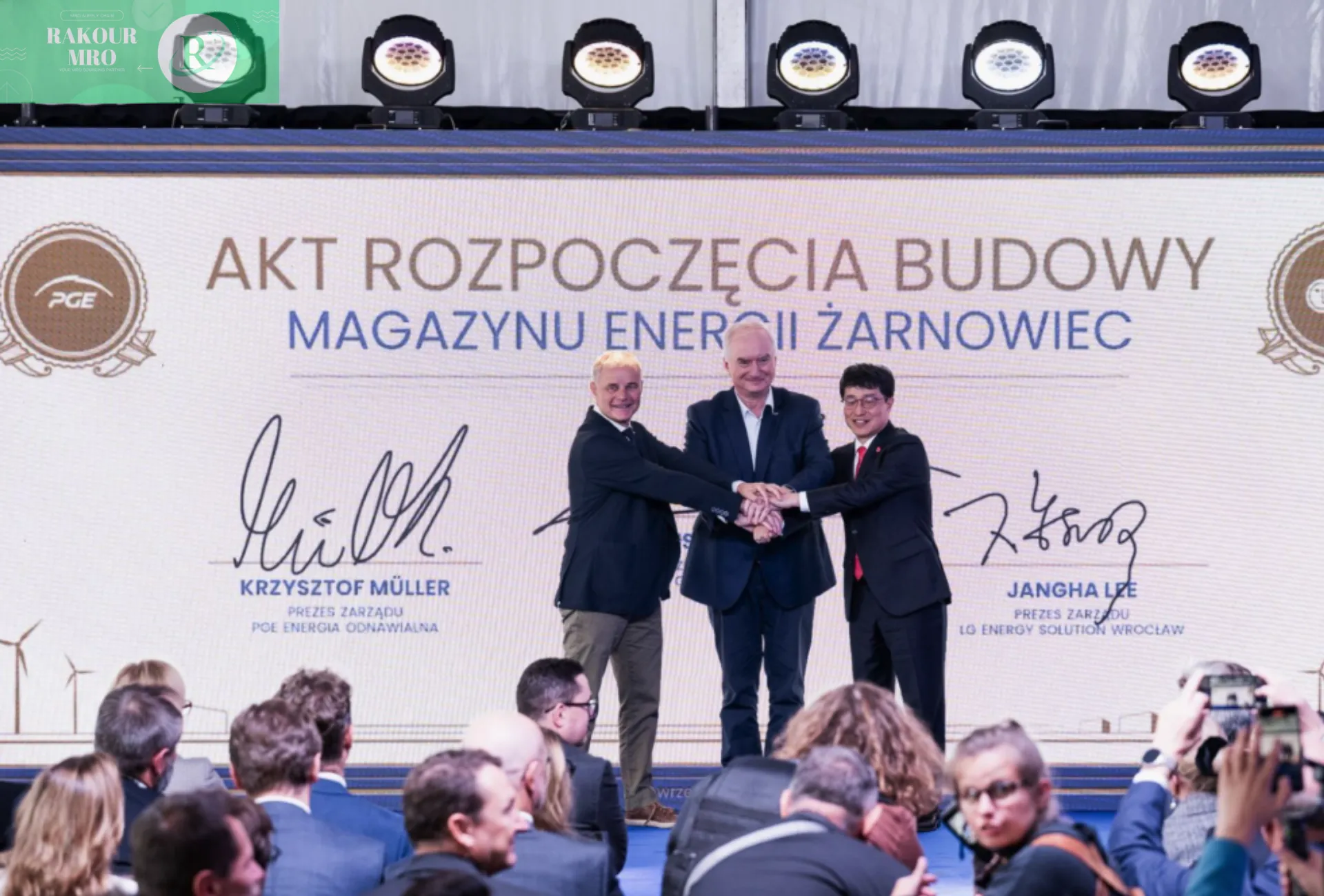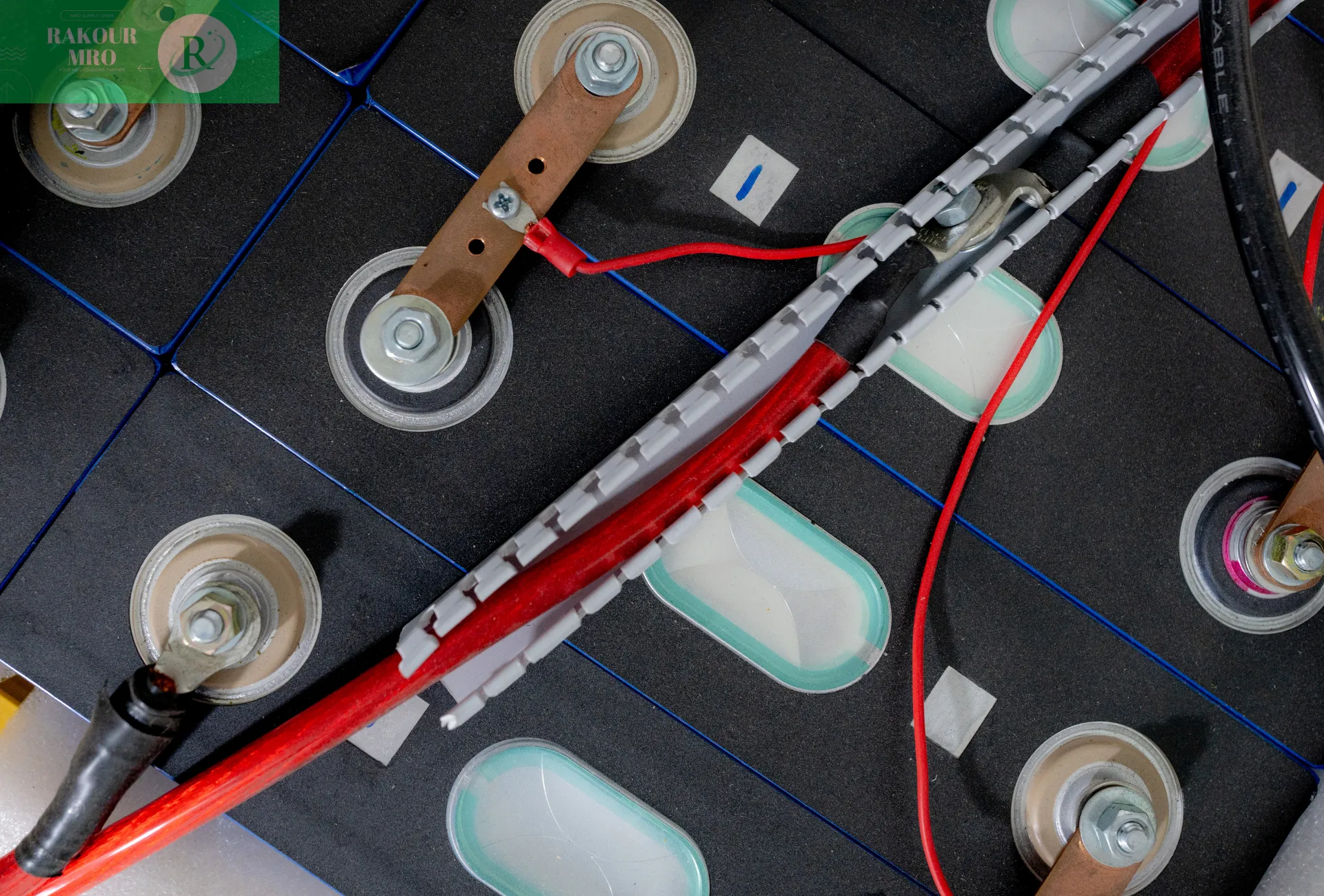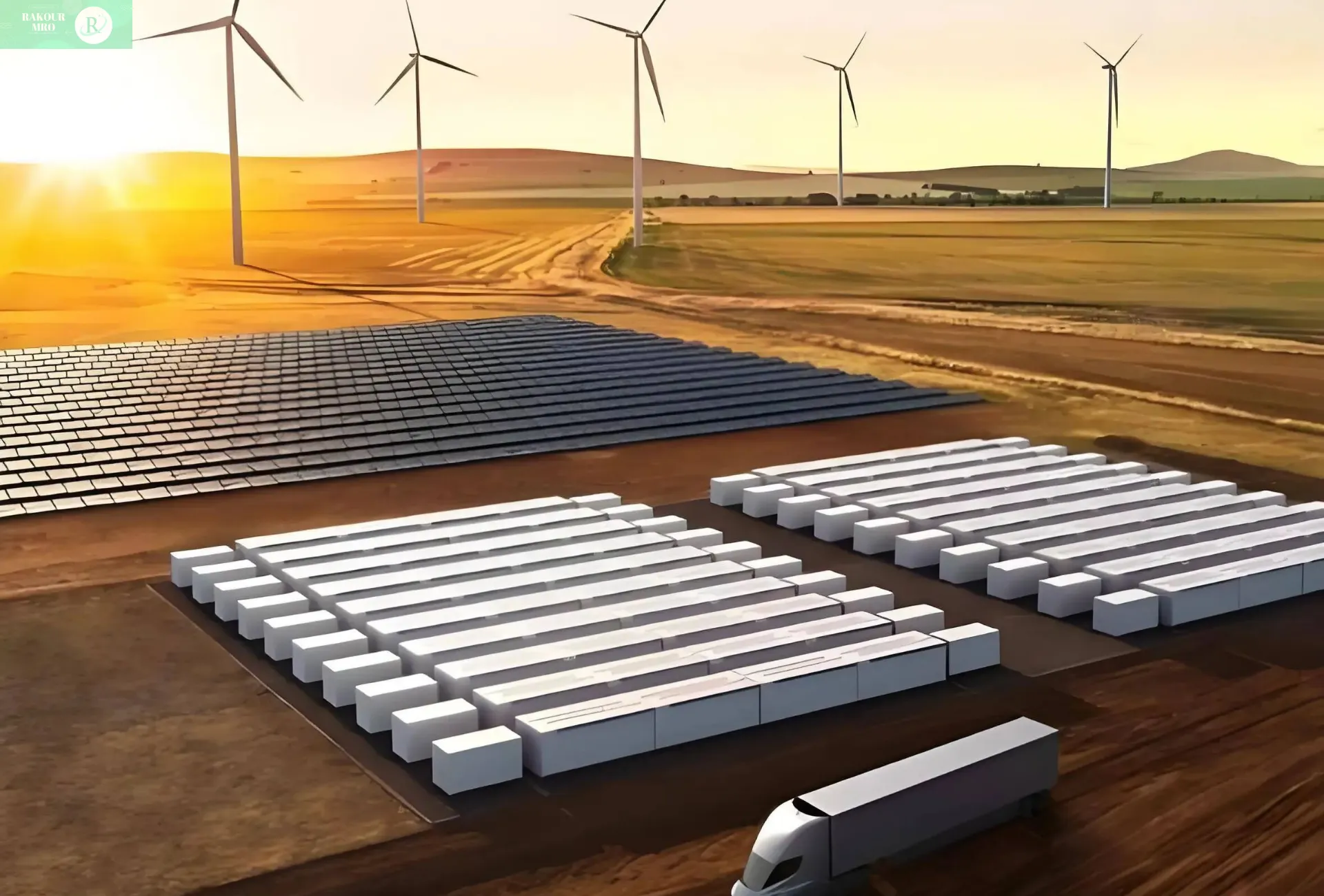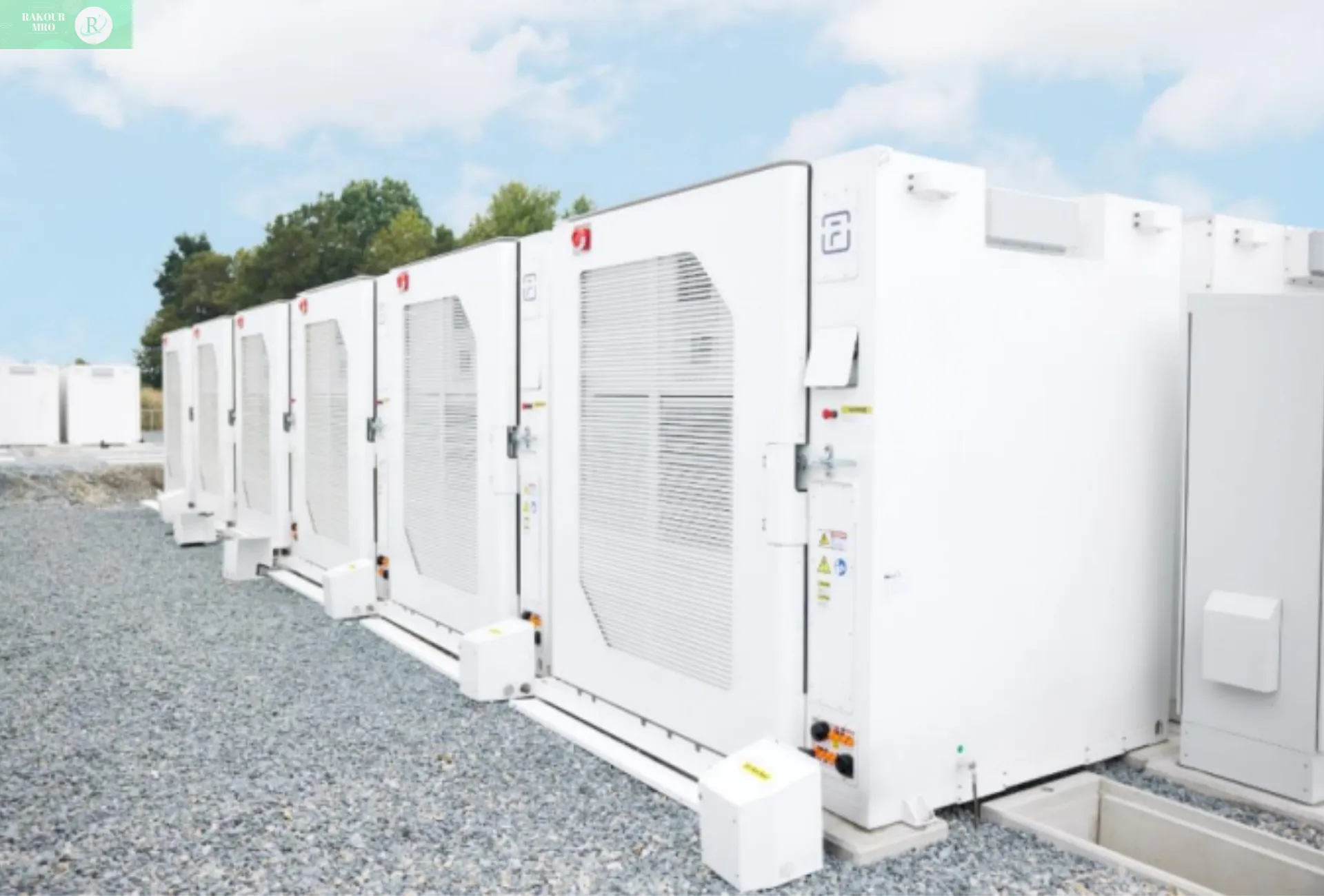For LG, this is its largest energy storage project in Europe and the first implementation of its “Made in Europe” strategy. For PGE, this is the company’s first large-scale energy storage project, which holds significant implications for future peak load regulation and renewable energy integration in the Polish power grid.
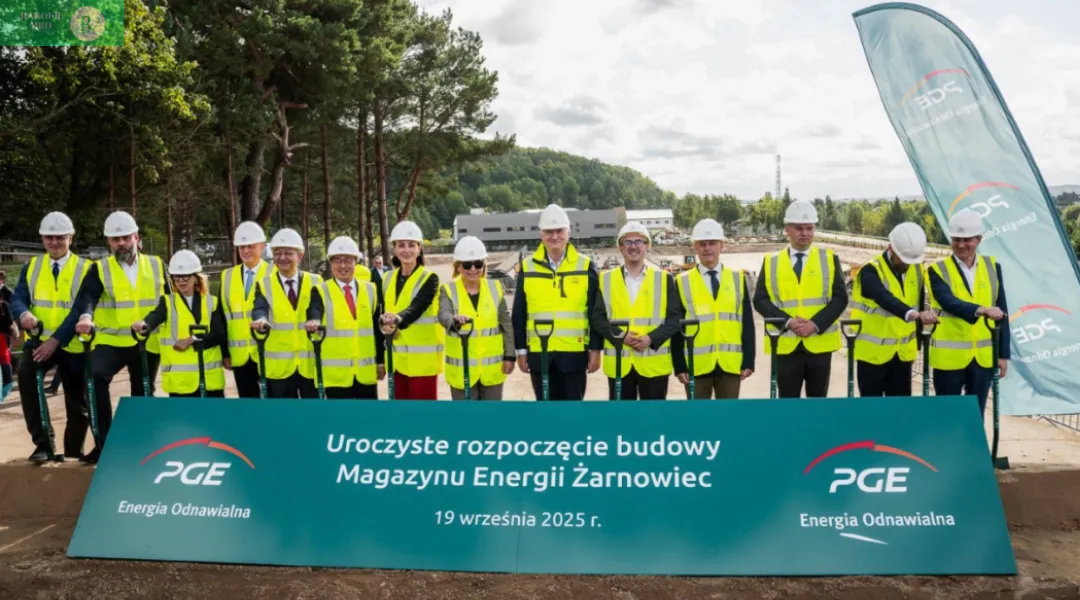
Investment status of Poland's energy market
Poland has made significant investments in new energy. For example, Poland’s National Fund for Environmental Protection and Water Management (NFOŚiGW) has launched a power storage investment support program with a total budget exceeding 4 billion Polish złoty (approximately US$1 billion). The program provides companies with subsidies of up to 65% of the total investment, with the goal of adding at least 2,500 MW of storage capacity to enhance grid stability.
PGE also announced earlier this year that it would invest approximately 18 billion złoty (approximately US$4.7 billion) in energy storage, expanding its capacity by 10 GWh through new storage facilities. This would bring the group’s total storage capacity to 17 GWh, further solidifying its leading position in the Polish energy storage market.
Project Highlights
The battery used in this project is a high-capacity LFP long-cell battery produced by LG in its Polish factory. According to its publicity, it has the following characteristics::
High energy density and energy efficiency: Compared with traditional LFP technology, the new generation of long batteries has higher energy density and energy efficiency.
Liquid cooling ensures stable operation: The liquid cooling system ensures the stability of the battery under high load and long-term operation.
Containerized design facilitates delivery and installation: the overall system can be deployed quickly, making transportation and installation more efficient.
In addition, in this project, LG not only provides the batteries themselves, but also provides a complete turnkey solution from design to construction, including engineering, procurement, and construction. This means that the project is not a single equipment supply, but covers the entire engineering chain, truly realizing “one-stop” service.
Strategic significance
In Europe, a 981MWh energy storage system is considered large-scale. The Żarnowiec project is not only the first of its kind in Poland, but also one of the first of its kind in Europe.
"Made in Europe" strategy implemented
This project marks the first time that LG’s Polish factory has deployed batteries for a grid-scale project. Entirely produced locally, this reduces cross-border transportation risks. This project also better meets the needs of governments and energy companies prioritizing “Made in Europe.”
The first large-scale energy storage practice in Poland's energy system
PGE, Poland’s largest state-owned energy company, serves nearly 6 million households, businesses, and institutions. This marks PGE’s first foray into large-scale energy storage. Once operational, the project will significantly enhance Poland’s grid’s peak-shaving capacity and renewable energy absorption capabilities.
Improving the competitiveness of future public tenders
As the European energy storage market enters a period of accelerated development, state-owned energy companies around the world are frequently launching large-scale energy storage tenders. The scale of the Żarnowiec 981MWh project, coupled with its localized manufacturing and delivery model, means similar solutions will be highly competitive in future public procurement. Such cases not only enhance the credibility of the European supply chain but also provide a model for subsequent large-scale deployment.
For the European market that wants to keep up with the pace of energy transformation, this is just the beginning. I believe there will be more promising cases in the future.

